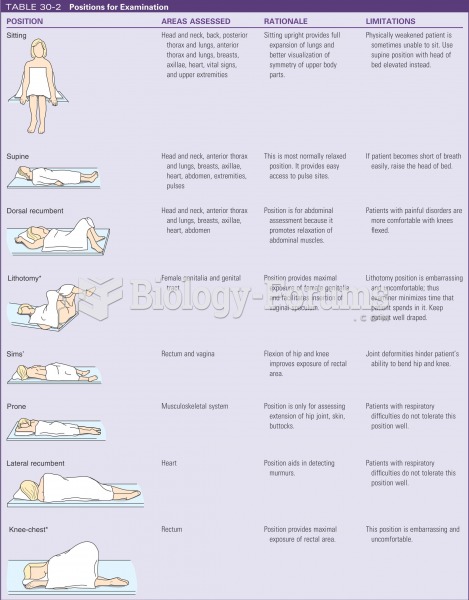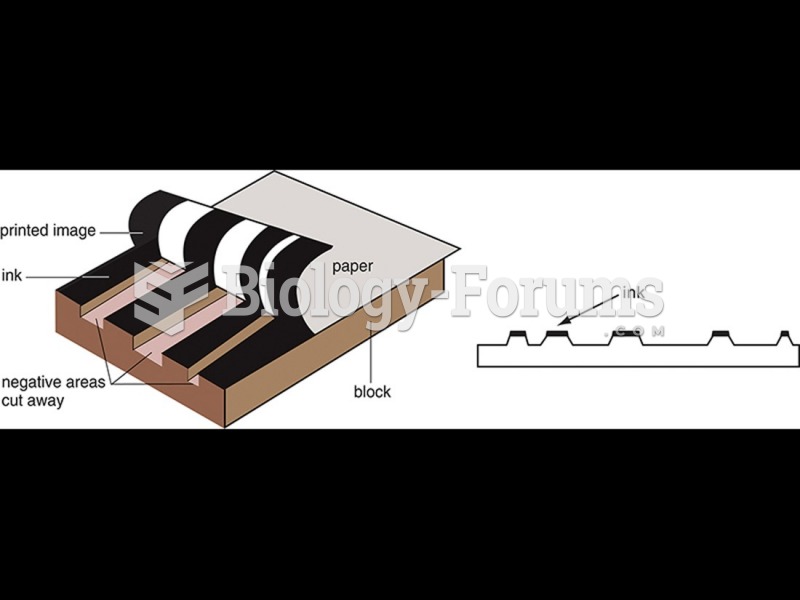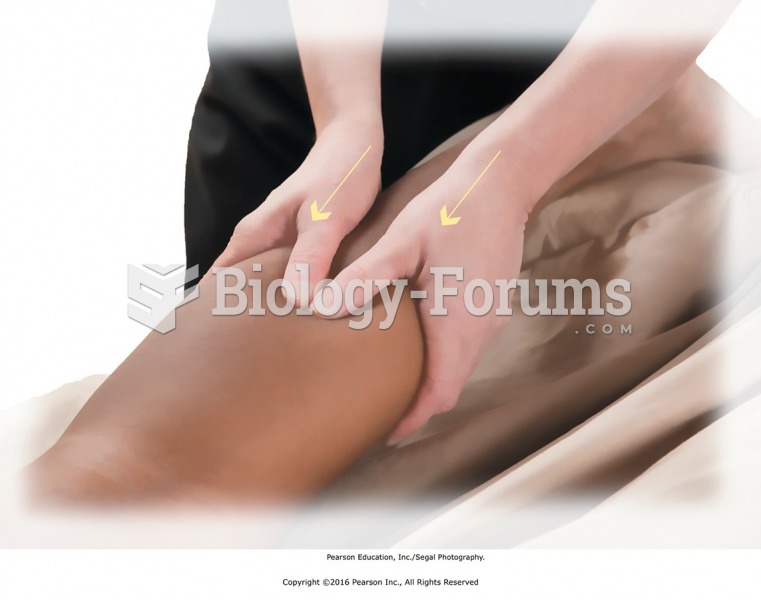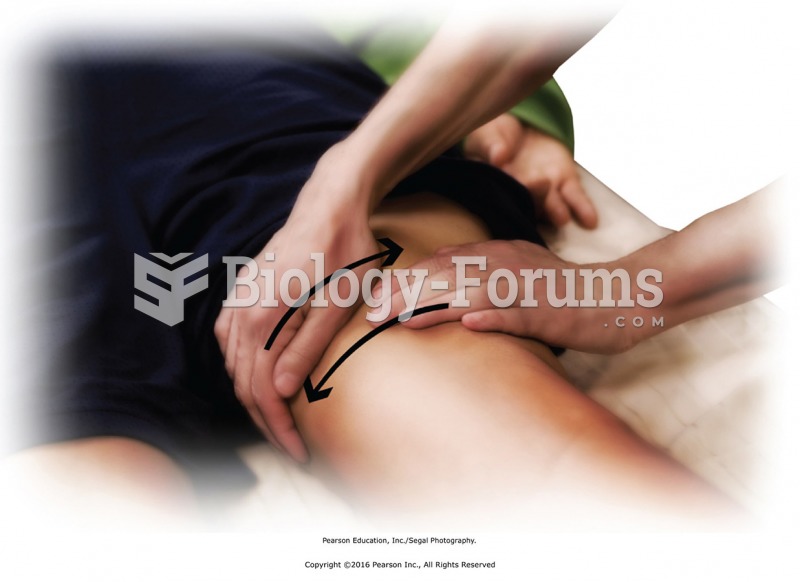|
|
|
Congestive heart failure is a serious disorder that carries a reduced life expectancy. Heart failure is usually a chronic illness, and it may worsen with infection or other physical stressors.
In 1844, Charles Goodyear obtained the first patent for a rubber condom.
More than 2,500 barbiturates have been synthesized. At the height of their popularity, about 50 were marketed for human use.
The heart is located in the center of the chest, with part of it tipped slightly so that it taps against the left side of the chest.
To maintain good kidney function, you should drink at least 3 quarts of water daily. Water dilutes urine and helps prevent concentrations of salts and minerals that can lead to kidney stone formation. Chronic dehydration is a major contributor to the development of kidney stones.







